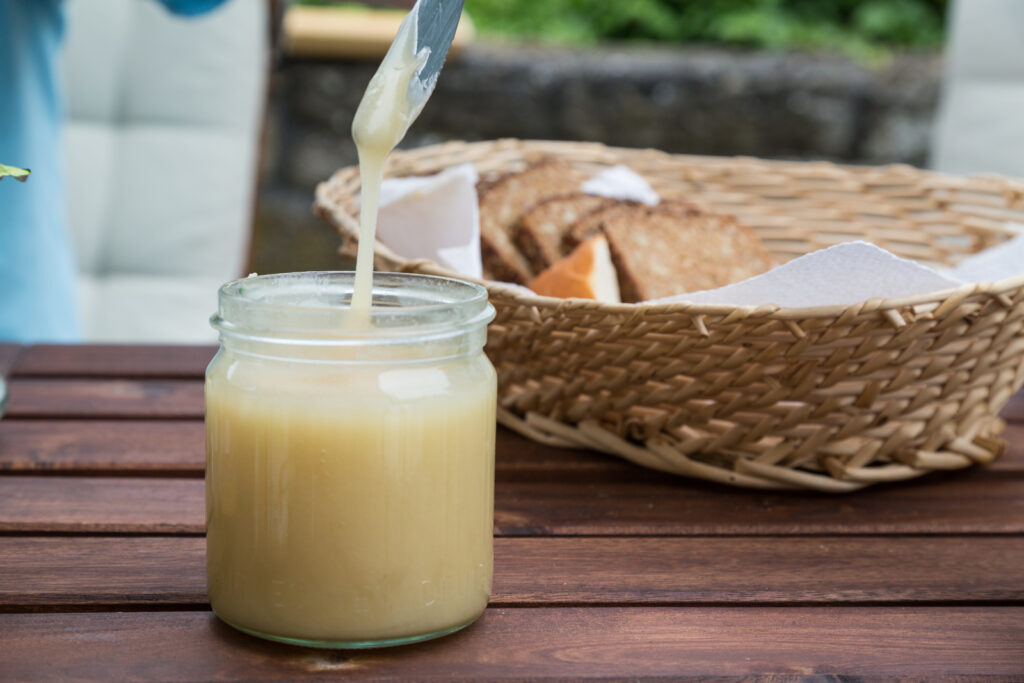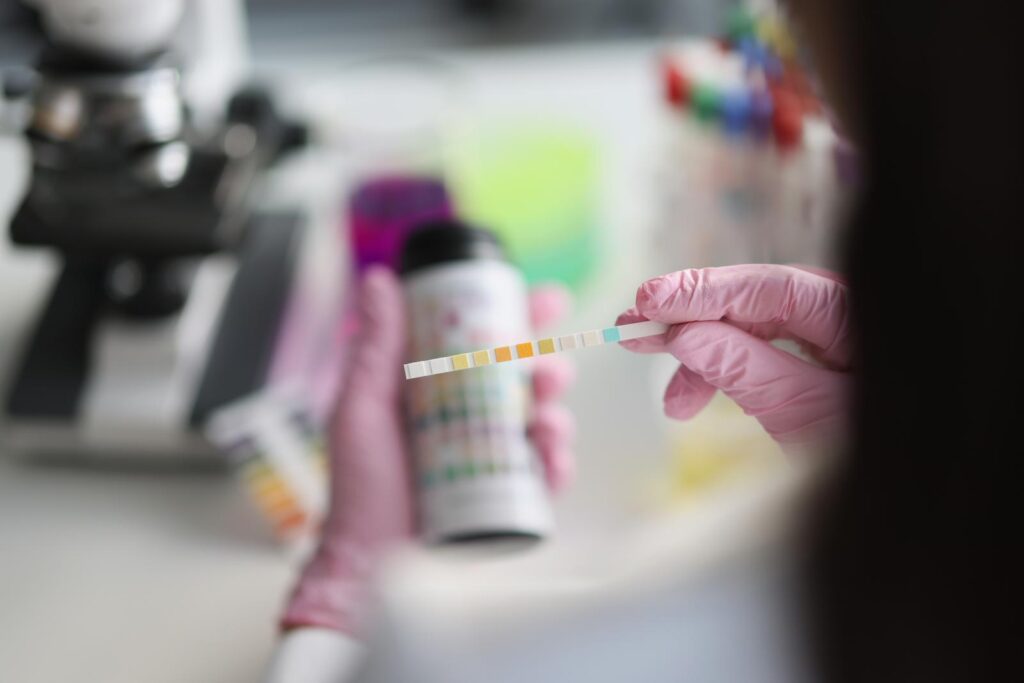Hypothetically, you find yourself craving for honey, but when you reach out to grab the jar, you do not find the gooey, rich caramel-textured honey, but solidified sugary, hard substance. Don’t worry, it is not your bad day, this is a natural and normal phenomenon called the crystallization of honey.
You may be asking yourself why honey crystalizes. This phenomenon occurs when the water content from honey separates and only glucose is left. This left-out glucose solidifies to make visible sugar-like crystals and viola, this is our crystalized honey! At this point, you may even start to question whether you bought original honey or some processed store item.
However, do know that the crystalization of honey is proof of authentic and raw honey. A honey that crystallizes soon seconds the fact that it most likely has a higher content of enzymes and pollen. Astonishing as it sounds, not all honey crystalizes soon and some may not crystalize at all!
Take Wildflower Honey, for instance, it takes just a few weeks to crystalize. On the contrary, we have Clover honey which takes years to crystalize. So next time you see solidified honey, cheer up, you got a genuine product that is as healthy as it was when it first came.
How does the sugar content in honey affect its crystallization?
Honey, known as a natural substitute for table sugar is sometimes preferred by diet-conscious and diabetic people. However, have you ever thought why honey even crystalizes in the first place? We all know that honey is made up of sugars, specifically, glucose and fructose and that is where honey gets all its flavors and texture.
Glucose is responsible for this process of crystallization of honey. So, with time, the water in honey separates from sugar and there is not enough water to keep the sugar dissolved.
Hence, the glucose solidifies and forms crystals. The age of crystallization differs in many kinds of honey because all have different amounts of sugar and water content. If honey has a more water-sugar ratio, it remains in a liquid state for a long.
How does a change in temperature affect the crystallization of honey?
Temperature plays a vital role in the honey crystallization process. It is a crucial point for both researchers and beekeepers around the globe. At lower temperatures, the glucose becomes less soluble in the moisture present in honey.
This leads to the crystallization of honey. At lower temperatures, this process becomes faster, and unnatural or artificial crystallization may occur. This is because the glucose and fructose in honey come together with less space to move and they solidify.
Fact has it that honey that is cooled down slowly tastes better and has a good texture whereas samples that are cooled down drastically have an uneven texture and may even taste a little bitter. This is a daunting step for honeymakers because they have to control the temperatures in a way that they make the perfect smooth texture with a soft flow and also make it taste richer.
The masterminds behind honey crystallization:
Yes, you read that right. What I am about to tell you will blow your mind. And yes, I did mention earlier that sugars and water molecules are behind the process of crystallization. Let me further add that there are other culprits in this game of crystallization. Bacteria and enzymes share a collective role in this process.
When honey comes into the hands of harvesters, it contains some pollen, propolis, and wax. Bacteria and enzymes in honey naturally react with these molecules and that is where moisture is made and the water molecules form. When bees collect pollen in different seasons and make honey, that specific type of pollen remains in it.
It is these types of pollen that further add up to the speed of crystallization. So when you see a jar of roughly textured honey, do know that it is the work of enzymes, bacteria, and pollen too. Enjoy your next spoon of honey as you may.
How to avoid honey crystallization too early?
After knowing why honey crystallizes, let’s read why it crystallizes too quickly. Although honey has its own antibacterial properties, there are many times that your honey solidifies because of these bacteria. There may be other reasons too but the most common one is, as we discussed earlier, temperature.
If you do change the places of your honey jar and sometimes it is in the direct sunlight and sometimes under or over the counter, it might crystalize soon. Drastic changes in temperature may cause it to solidify. It is advised to keep honey in a cool, dry place with no exposure to direct sunlight.
Another point to keep in mind is that only clean, dry, and a single spoon or honey dispensers be used. If any additional foreign moisture enters the honey, it can speed up the crystalization process.
Which honey is better; crytalized or liquid?
While it may sound unbelievable, sometimes honey is kept to crystalize intentionally. Yes, you read that right! It is a widespread belief that crystalized honey has a higher content of antioxidants and is used for healing purposes. Therefore, it is used in the fields of human health and body.
Crystalized honey also has a higher shelf life and that makes it a better option for people who want to keep honey for long. It is also believed that properly crystalized honey has a creamy and caramel-like texture that is preferred to be a good spread on toasts etc. Liquid honey, on the other hand, is easily poured, seems fresh, and is preferred to be used in salad dressings and desserts.
It can even be used as an alternative to sugar in teas and drinks for a healthy touch. Whichever form, honey tastes so good, it’s like magic on your tastebuds. Now that you know why honey crystallizes, what do you think you would choose; liquid or crystallized? Which type of honey are you going to add to your pantry next?
Do let me know in the comments section below. I hope this reading helped you gain knowledge. Stay connected for amazing content like this.


